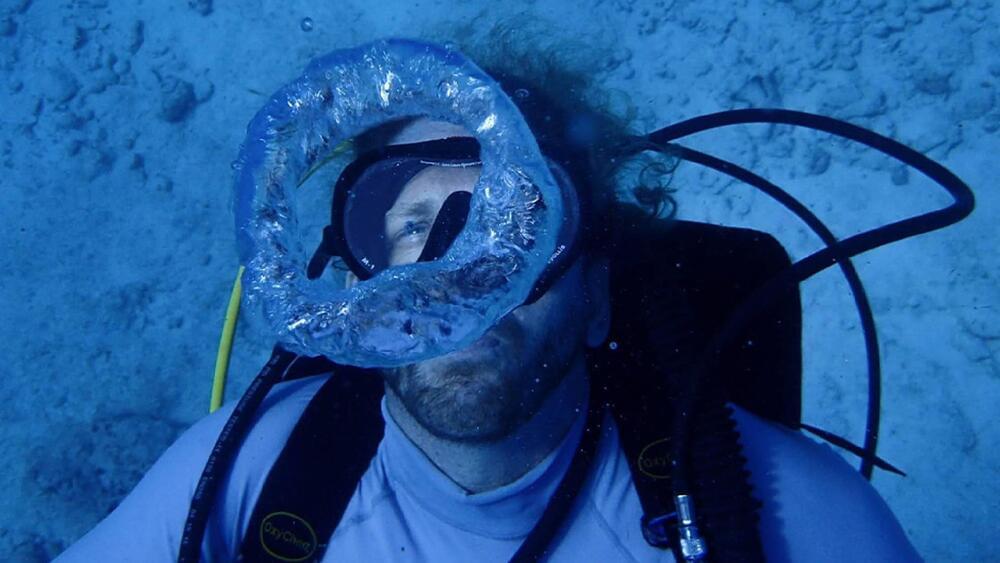Microsoft’s Notion competitor has futuristic Lego-like Office documents and its AI-powered Copilot assistant.
Microsoft is now letting anyone preview Microsoft Loop, a collaborative hub offering a new way of working across Office apps and managing tasks and projects. Much like Notion, Microsoft Loop includes workspaces and pages where you can import and organize tasks, projects, and documents. But what sets the two apart is Loop’s shareable components that let you turn any page into a real-time block of content that can be pasted into Microsoft Teams, Outlook, Word on the web, and Whiteboard.
Loop components are constantly updated and editable for whoever they’re shared with.
Loop components really could be the future of Office documents.






